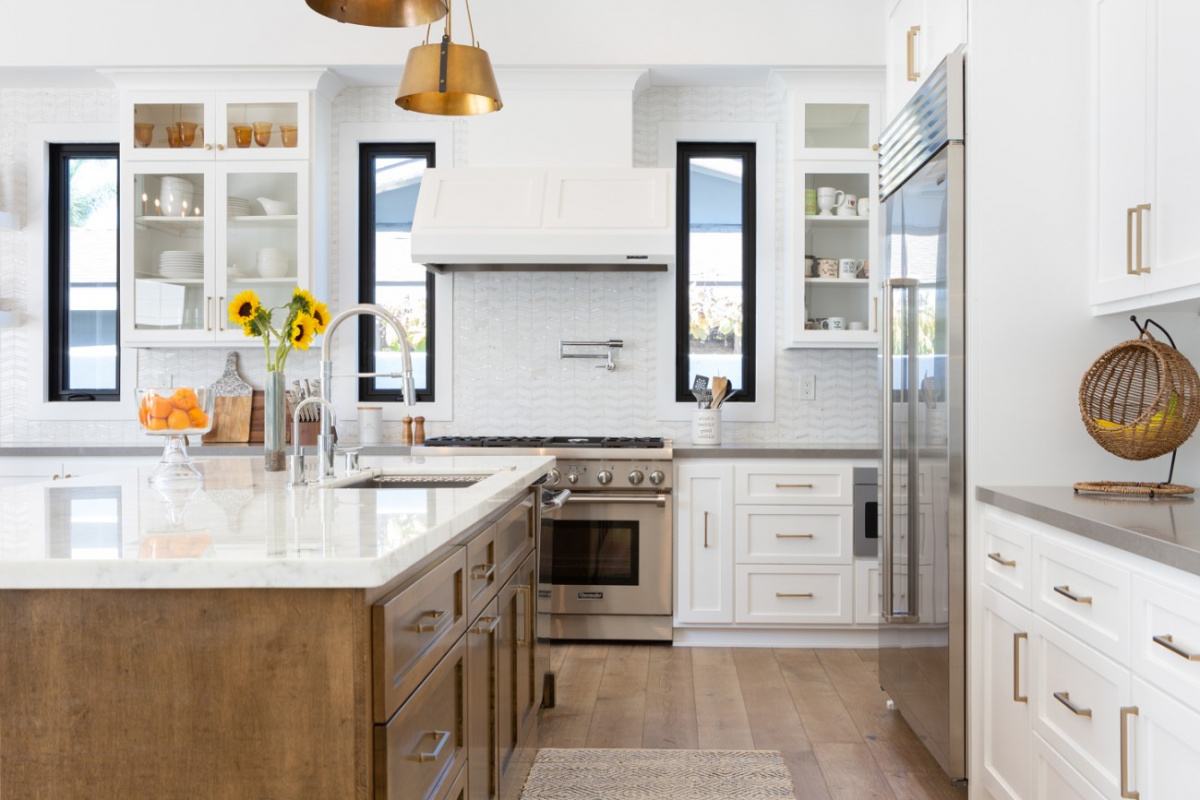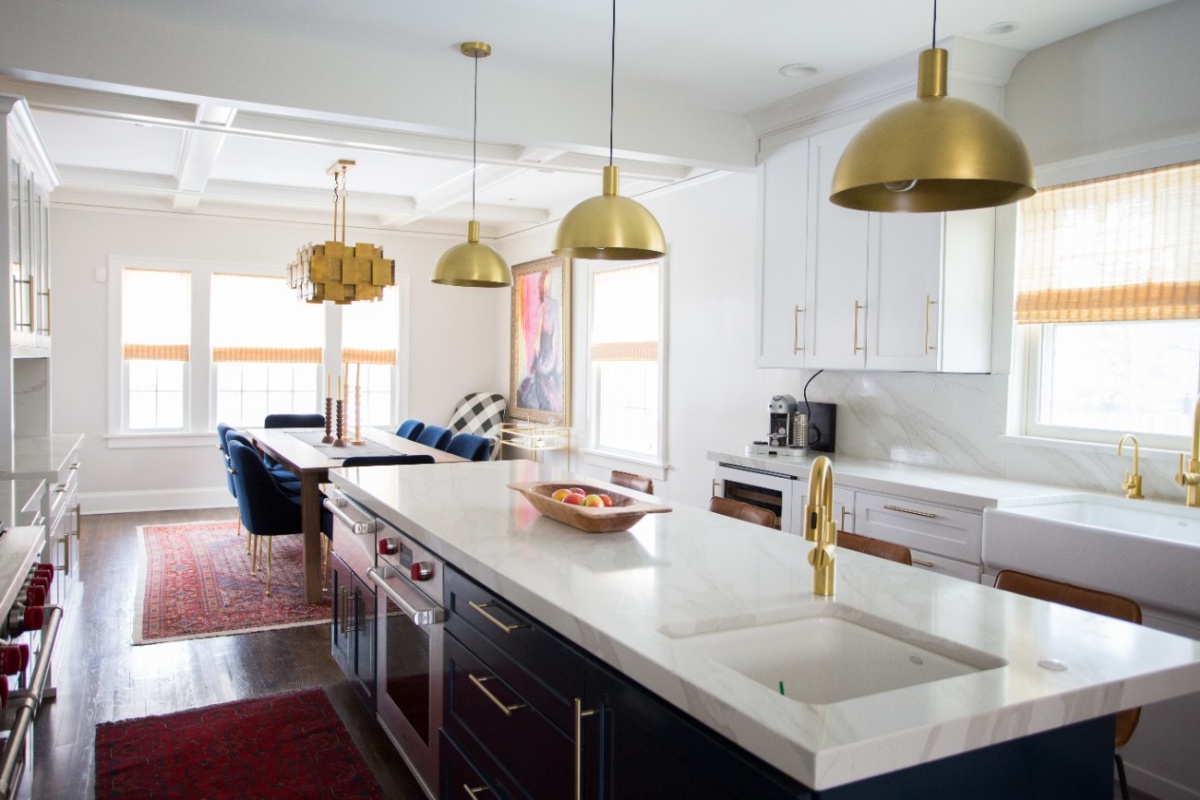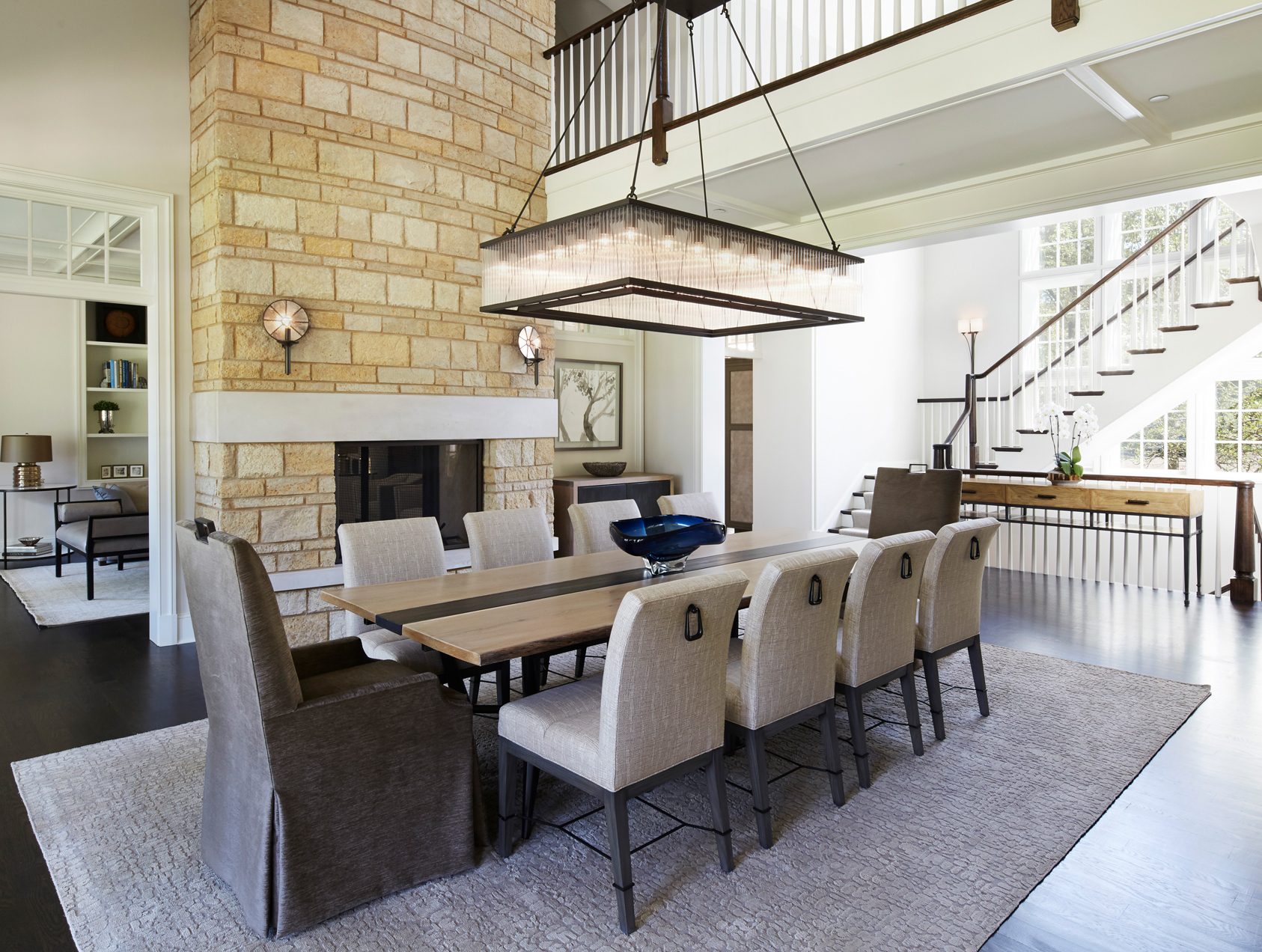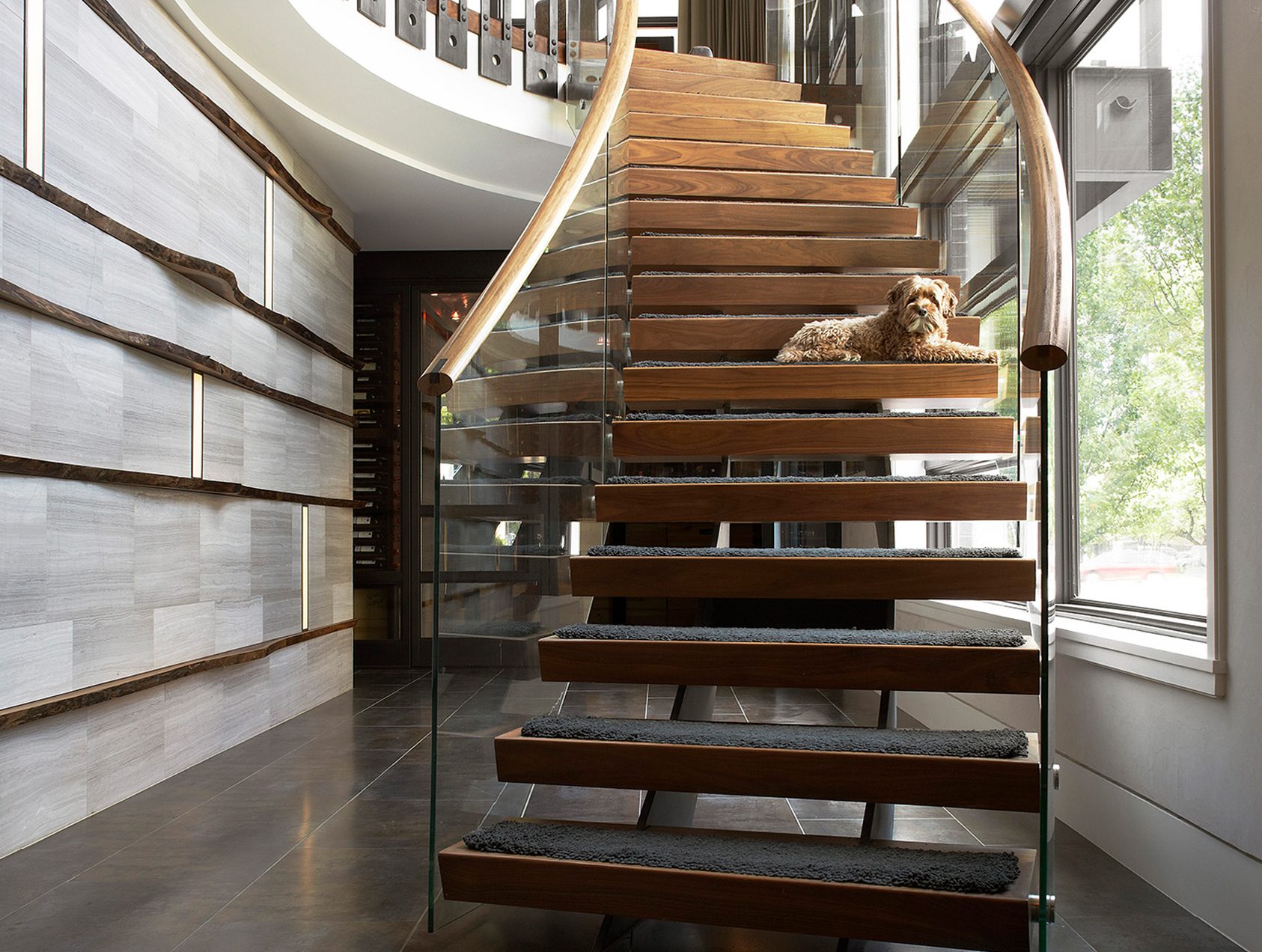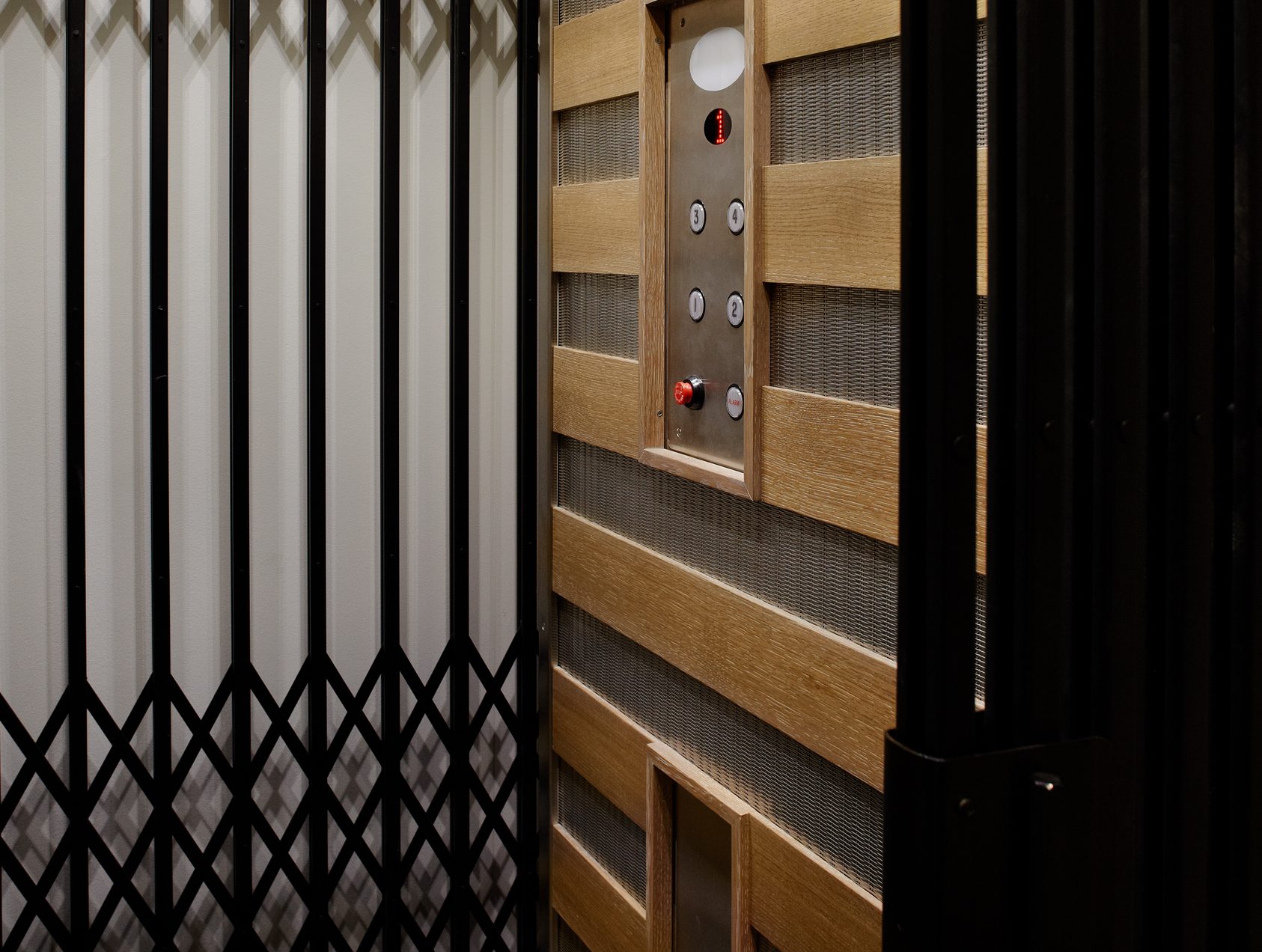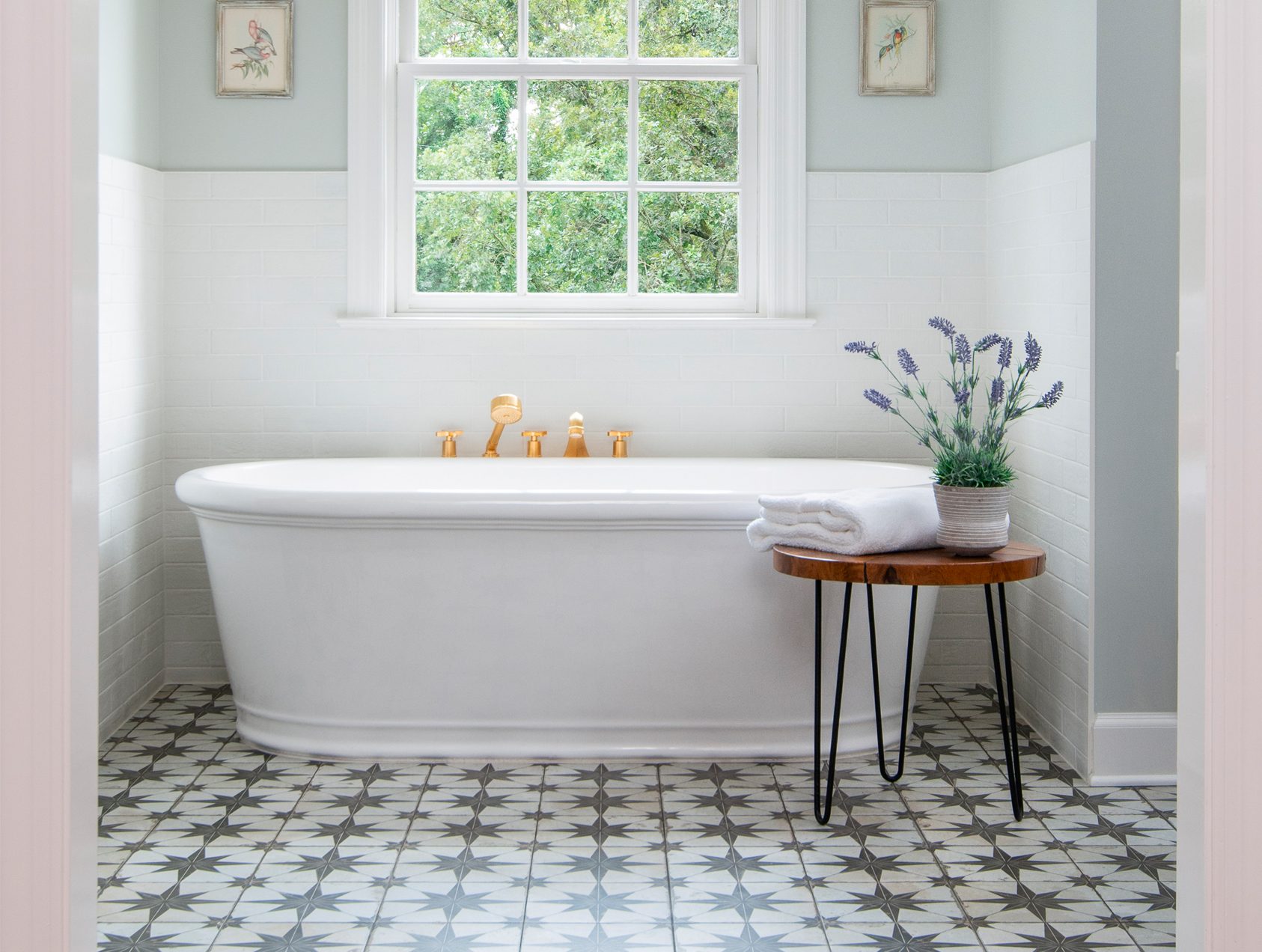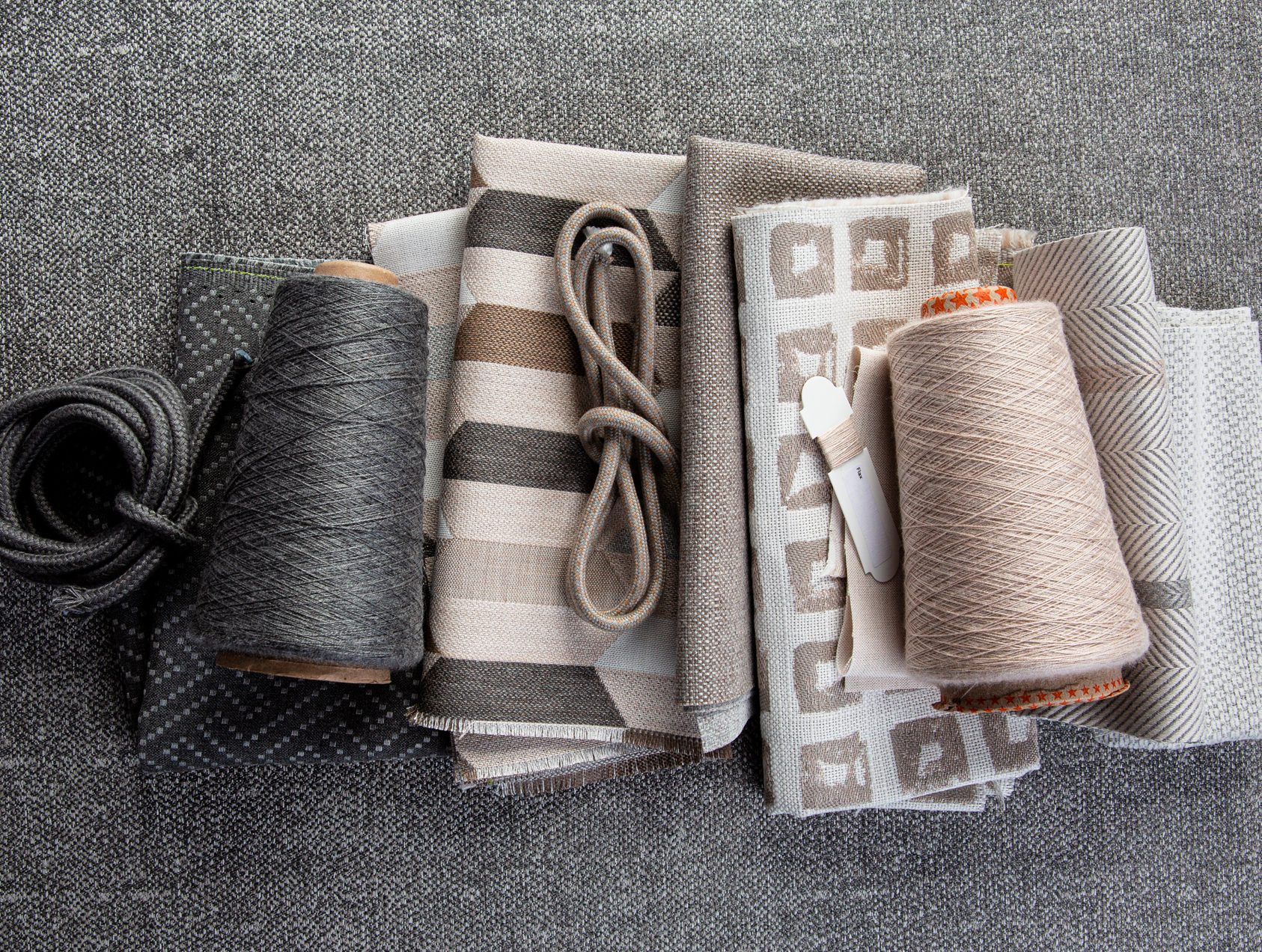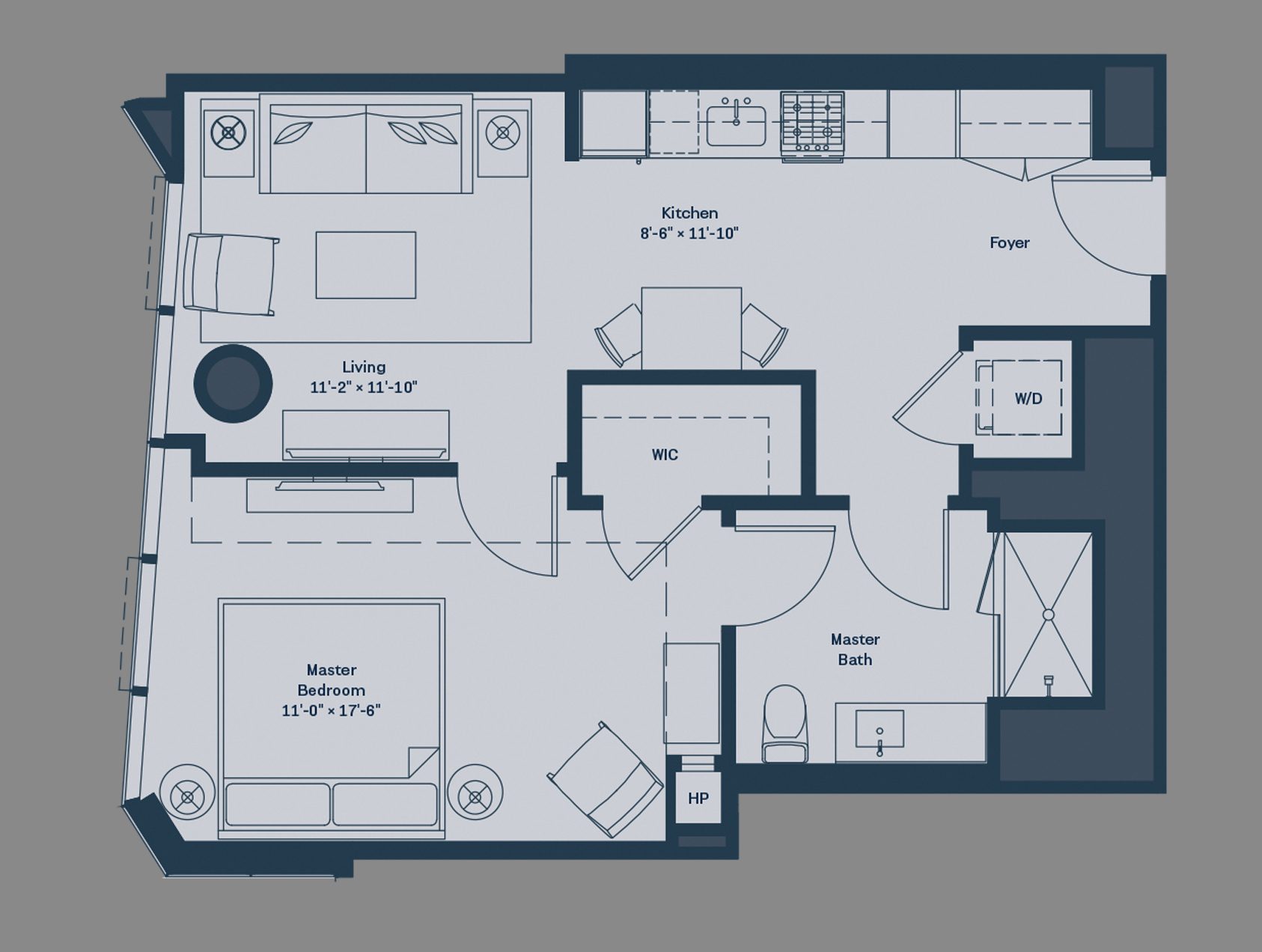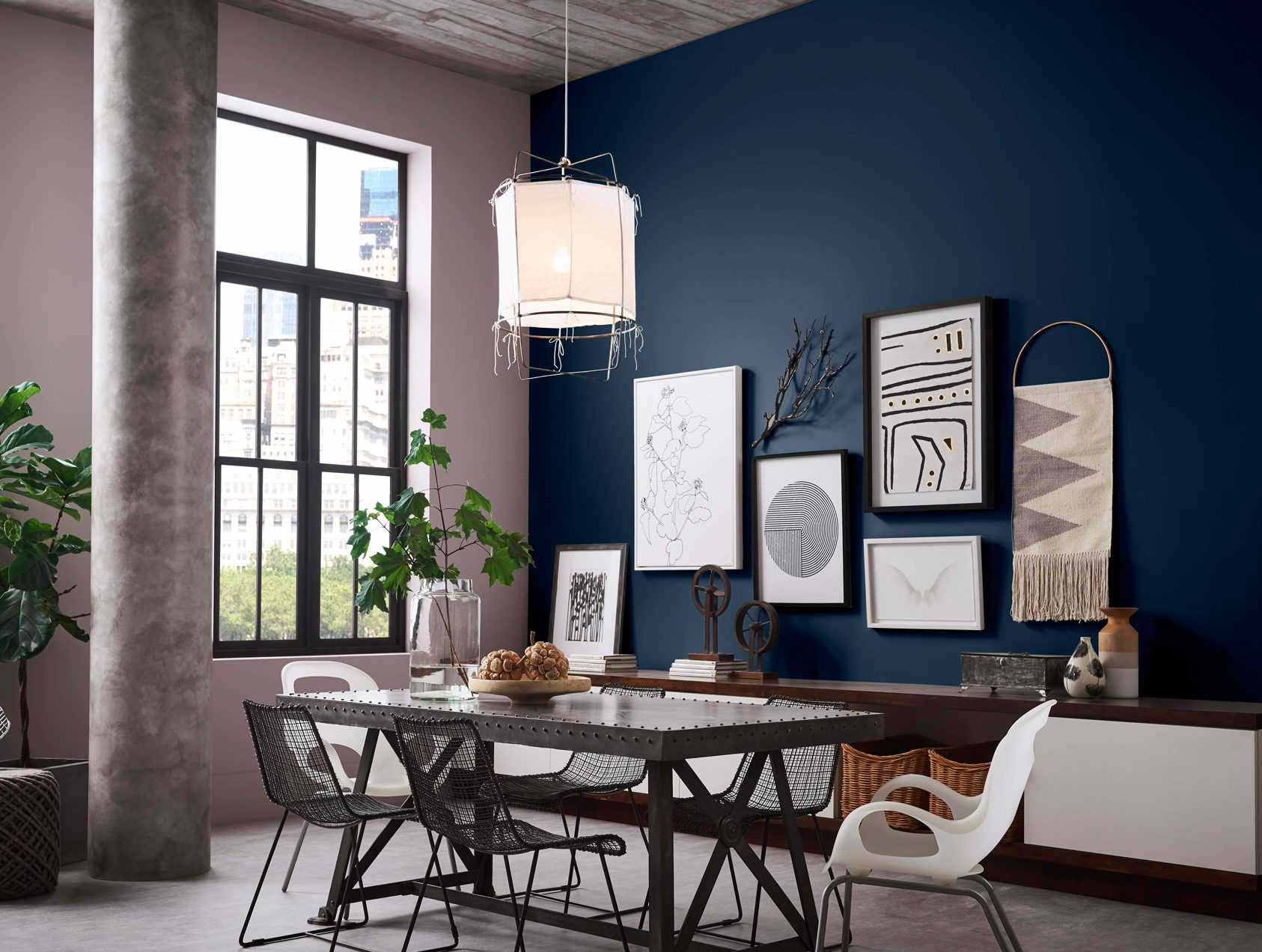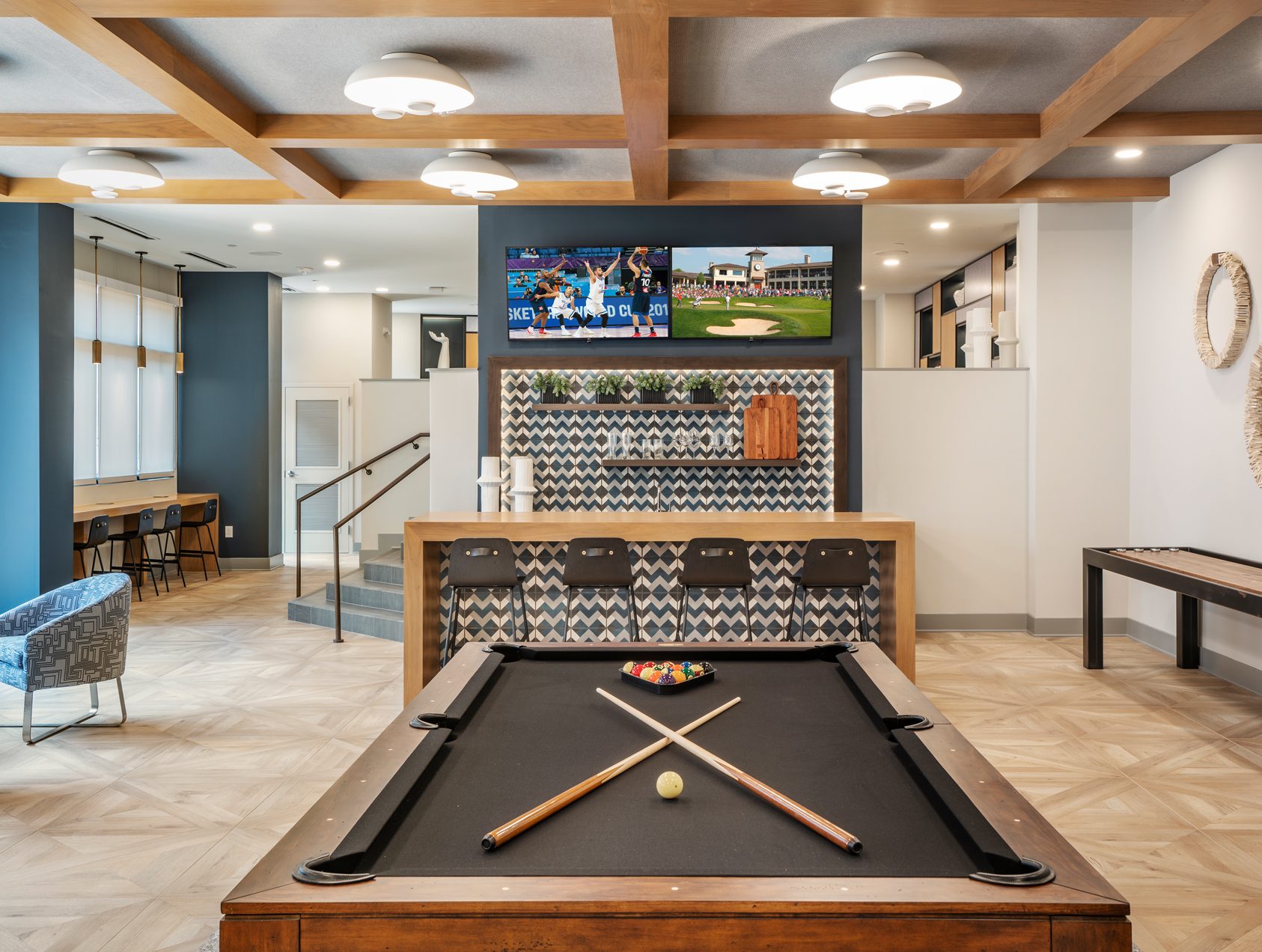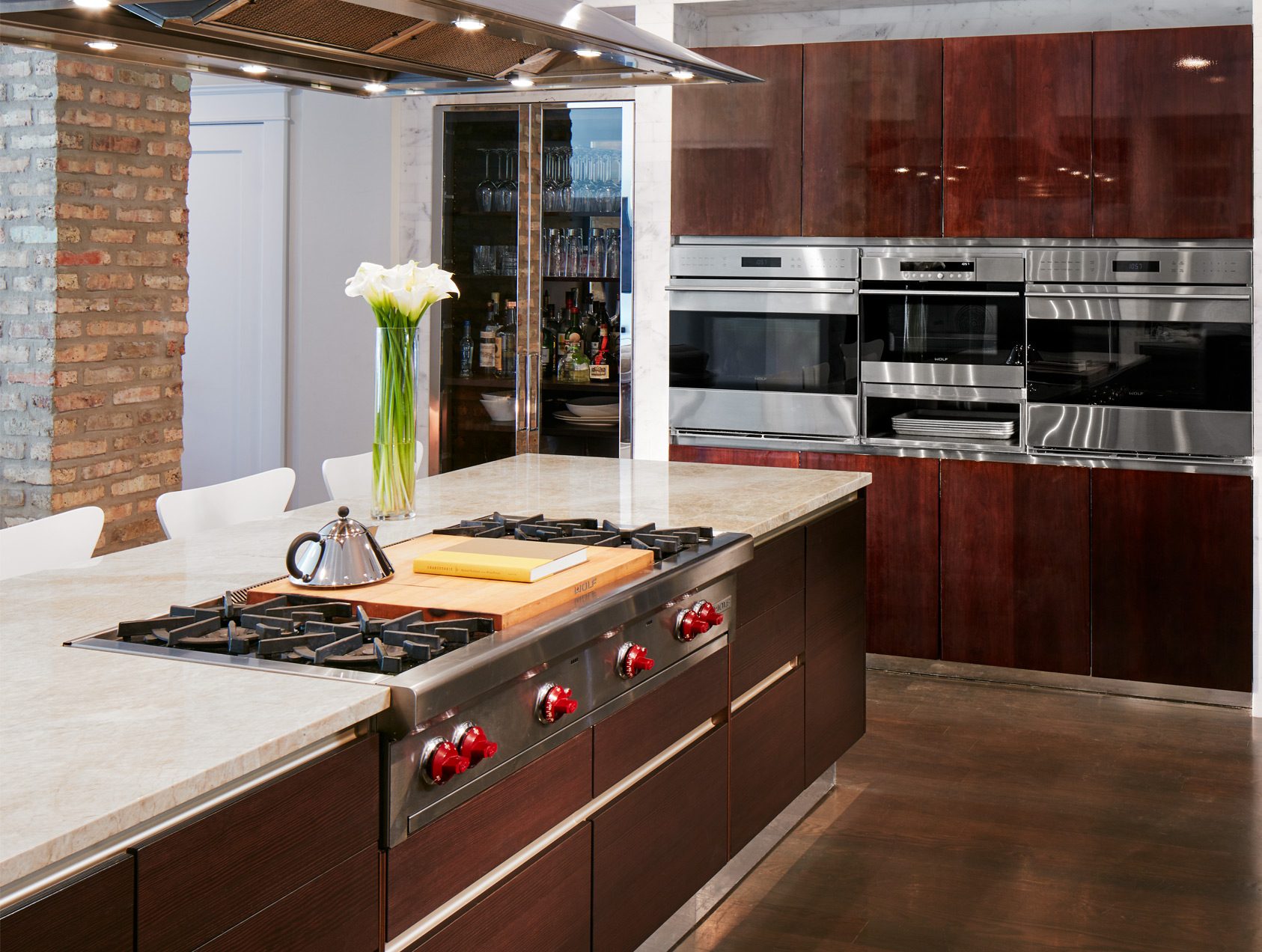WASHINGTON (January 22, 2020) – Existing-home sales grew in December, bouncing back after a slight fall in November, according to the National Association of Realtors®. Although the Midwest saw sales decline, the other three major U.S. regions reported meaningful growth last month.
Total existing-home sales,1 https://www.nar.realtor/existing-home-sales, completed transactions that include single-family homes, townhomes, condominiums and co-ops, increased 3.6% from November to a seasonally-adjusted annual rate of 5.54 million in December. Additionally, overall sales took a significant bounce, up 10.8% from a year ago (5.00 million in December 2018).
On a full-year basis, total existing-home sales ended at 5.34 million, the same level as in 2018, as sales in the South region (+2.2%) offset declines in the West (-1.8%) and Midwest (-1.6%), as the Northeast remained unchanged.
Lawrence Yun, NAR’s chief economist, said home sales fluctuated a great deal last year. “I view 2019 as a neutral year for housing in terms of sales,” Yun said. “Home sellers are positioned well, but prospective buyers aren’t as fortunate. Low inventory remains a problem, with first-time buyers affected the most.”
The median existing-home price2 for all housing types in December was $274,500, up 7.8% from December 2018 ($254,700), as prices rose in every region. November’s price increase marks 94 straight months of year-over-year gains. “Price appreciation has rapidly accelerated, and areas that are relatively unaffordable or declining in affordability are starting to experience slower job growth,” Yun said. “The hope is for price appreciation to slow in line with wage growth, which is about 3%.”
NAR’s Home Affordability Index Ranking and Payroll Job Growth report found that affordability rankings declined in 81 metro areas, 34 of which saw non-farm job growth fall faster in 2019 Q3 than the national rate over the previous five years.
Total housing inventory3 at the end of December totaled 1.40 million units, down 14.6% from November and 8.5% from one year ago (1.53 million). Unsold inventory sits at a 3.0-month supply at the current sales pace, down from the 3.7-month figure recorded in both November and December 2018. Unsold inventory totals have dropped for seven consecutive months from year-ago levels, taking a toll on home sales.
Properties typically remained on the market for 41 days in December, seasonally up from 38 days in November, but down from 46 days in December 2018. Forty-three percent of homes sold in December 2019 were on the market for less than a month.
First-time buyers were responsible for 31% of sales in December, moderately down from the 32% seen in both November and in December 2018. NAR’s 2019 Profile of Home Buyers and Sellers – released in late 20194 – revealed that the annual share of first-time buyers was 33%.
Individual investors or second-home buyers, who account for many cash sales, purchased 17% of homes in December 2019, up from both 16% in November and 15% in December 2018. All-cash sales accounted for 20% of transactions in December, unchanged from November and down slightly from 22% in December 2018.
Distressed sales5 – foreclosures and short sales – represented 2% of sales in December, unchanged from both November 2019 and December 2018.
Yun said conditions for buying are favorable and will likely continue in 2020. “We saw the year come to a close with the economy churning out 2.3 million jobs, mortgage rates below 4% and housing starts ramp up to 1.6 million on an annual basis,” he said. “If these factors are sustained in 2020, we will see a notable pickup in home sales in 2020.”
According to Freddie Mac, the average commitment rate(link is external) for a 30-year, conventional, fixed-rate mortgage increased to 3.72% in December, up from 3.70% in November. The average commitment rate across all of 2019 was 3.94%.
“NAR is expecting 2020 to be a great year for housing,” said NAR President Vince Malta, broker at Malta & Co., Inc., in San Francisco, California. “Our leadership team is hard at work to secure policies that will keep our housing market moving in the right direction, like promoting infrastructure reform, strengthening fair housing protections and ensuring mortgage capital remains available to responsible, mortgage-ready Americans.
Single-family and Condo/Co-op Sales
Single-family home sales sat at a seasonally-adjusted annual rate of 4.92 million in December, up from 4.79 million in November, and up 10.6% from a year ago. The median existing single-family home price was $276,900 in December 2019, up 8.0% from December 2018.
Existing condominium and co-op sales were recorded at a seasonally adjusted annual rate of 620,000 units in December, up 10.7% from November and 12.7% higher than a year ago. The median existing condo price was $255,400 in December, which is an increase of 6.0% from a year ago.
Regional Breakdown
Compared to last month, December sales increased in the Northeast, South and West regions, while year-over-year sales are up in each of the four regions. Median home prices in all regions increased from one year ago, with the Midwest region showing the strongest price gain.
December 2019 existing-home sales in the Northeast grew 5.7% to an annual rate of 740,000, up 8.8% from a year ago. The median price in the Northeast was $304,400, up 7.4% from December 2018.
Existing-home sales decreased 1.5% in the Midwest to an annual rate of 1.30 million, which is up 9.2% from a year ago. The median price in the Midwest was $208,500, a 9.2% jump from last December.
Existing-home sales in the South grew 5.4% to an annual rate of 2.36 million in December, up 12.4% from a year ago. The median price in the South was $240,500, a 6.7% increase from this time last year.
Existing-home sales in the West rose 4.6% to an annual rate of 1.14 million in December, a 10.7% increase from a year ago. The median price in the West was $411,800, up 8.1% from December 2018.
The National Association of Realtors® is America’s largest trade association, representing more than 1.4 million members involved in all aspects of the residential and commercial real estate industries.
For local information, please contact the local association of Realtors® for data from local multiple listing services (MLS). Local MLS data is the most accurate source of sales and price information in specific areas, although there may be differences in reporting methodology.
NOTE: NAR’s Pending Home Sales Index for December is scheduled for release on January 29, and Existing-Home Sales for January will be released February 21; release times are 10:00 a.m. ET.
1 Existing-home sales, which include single-family, townhomes, condominiums and co-ops, are based on transaction closings from Multiple Listing Services. Changes in sales trends outside of MLSs are not captured in the monthly series. NAR rebenchmarks home sales periodically using other sources to assess overall home sales trends, including sales not reported by MLSs.
Existing-home sales, based on closings, differ from the U.S. Census Bureau’s series on new single-family home sales, which are based on contracts or the acceptance of a deposit. Because of these differences, it is not uncommon for each series to move in different directions in the same month. In addition, existing-home sales, which account for more than 90% of total home sales, are based on a much larger data sample – about 40% of multiple listing service data each month – and typically are not subject to large prior-month revisions.
The annual rate for a particular month represents what the total number of actual sales for a year would be if the relative pace for that month were maintained for 12 consecutive months. Seasonally adjusted annual rates are used in reporting monthly data to factor out seasonal variations in resale activity. For example, home sales volume is normally higher in the summer than in the winter, primarily because of differences in the weather and family buying patterns. However, seasonal factors cannot compensate for abnormal weather patterns.
Single-family data collection began monthly in 1968, while condo data collection began quarterly in 1981; the series were combined in 1999 when monthly collection of condo data began. Prior to this period, single-family homes accounted for more than nine out of 10 purchases. Historic comparisons for total home sales prior to 1999 are based on monthly single-family sales, combined with the corresponding quarterly sales rate for condos.
2 The median price is where half sold for more and half sold for less; medians are more typical of market conditions than average prices, which are skewed higher by a relatively small share of upper-end transactions. The only valid comparisons for median prices are with the same period a year earlier due to seasonality in buying patterns. Month-to-month comparisons do not compensate for seasonal changes, especially for the timing of family buying patterns. Changes in the composition of sales can distort median price data. Year-ago median and mean prices sometimes are revised in an automated process if additional data is received.
The national median condo/co-op price often is higher than the median single-family home price because condos are concentrated in higher-cost housing markets. However, in a given area, single-family homes typically sell for more than condos as seen in NAR’s quarterly metro area price reports.
3 Total inventory and month’s supply data are available back through 1999, while single-family inventory and month’s supply are available back to 1982 (prior to 1999, single-family sales accounted for more than 90% of transactions and condos were measured only on a quarterly basis).
4 Survey results represent owner-occupants and differ from separately reported monthly findings from NAR’s Realtors® Confidence Index, which include all types of buyers. Investors are under-represented in the annual study because survey questionnaires are mailed to the addresses of the property purchased and generally are not returned by absentee owners. Results include both new and existing homes.
5 Distressed sales (foreclosures and short sales), days on market, first-time buyers, all-cash transactions and investors are from a monthly survey for the NAR’s Realtors® Confidence Index, posted at nar.realtor.
“Copyright National Association of REALTORS®. Reprinted with permission.”



